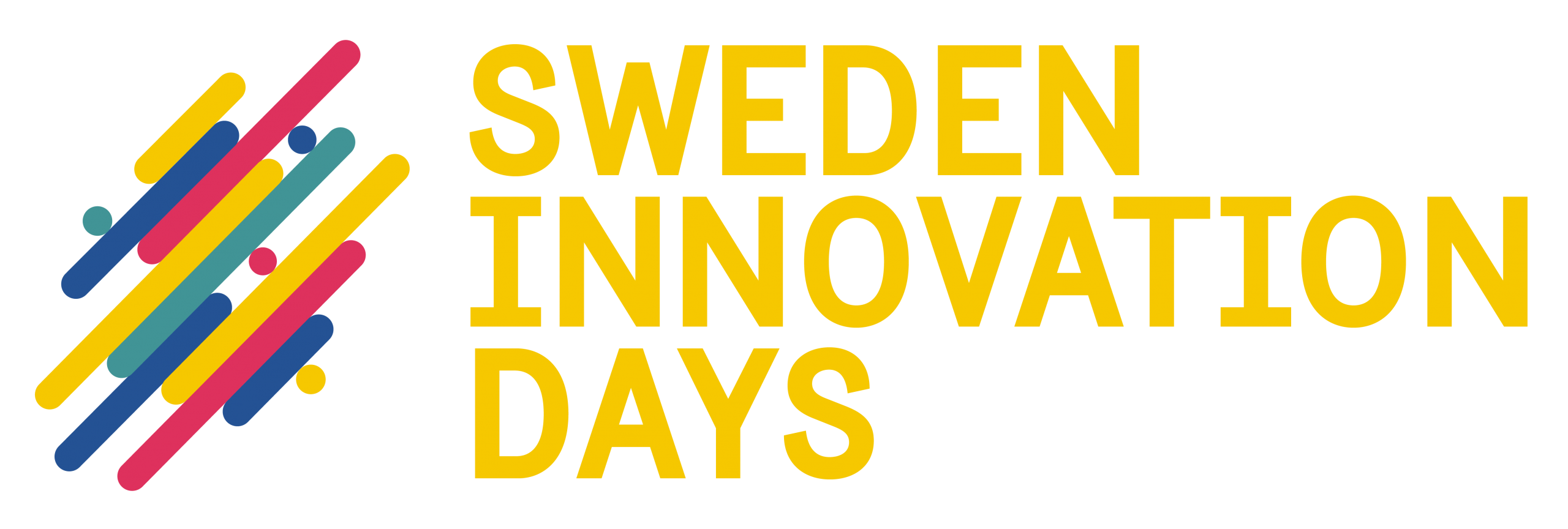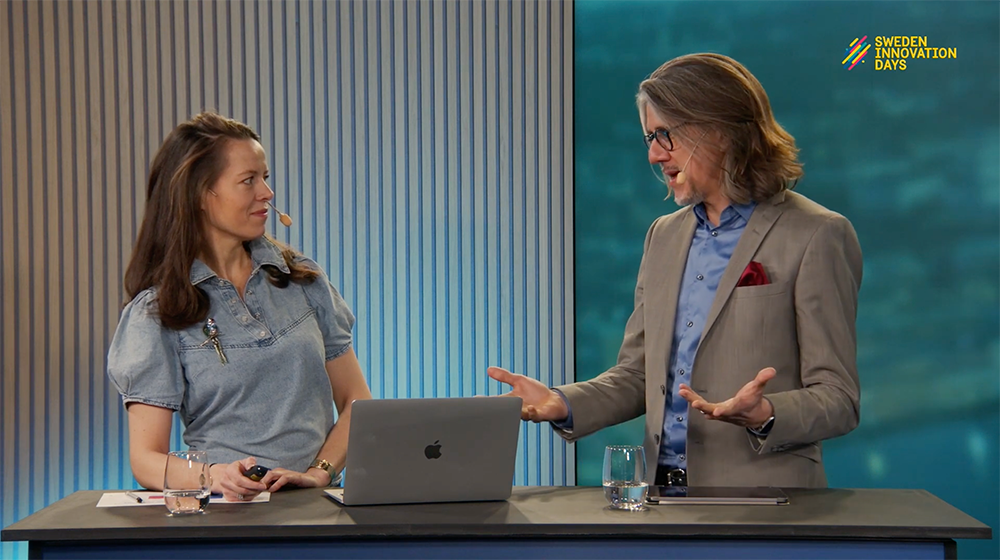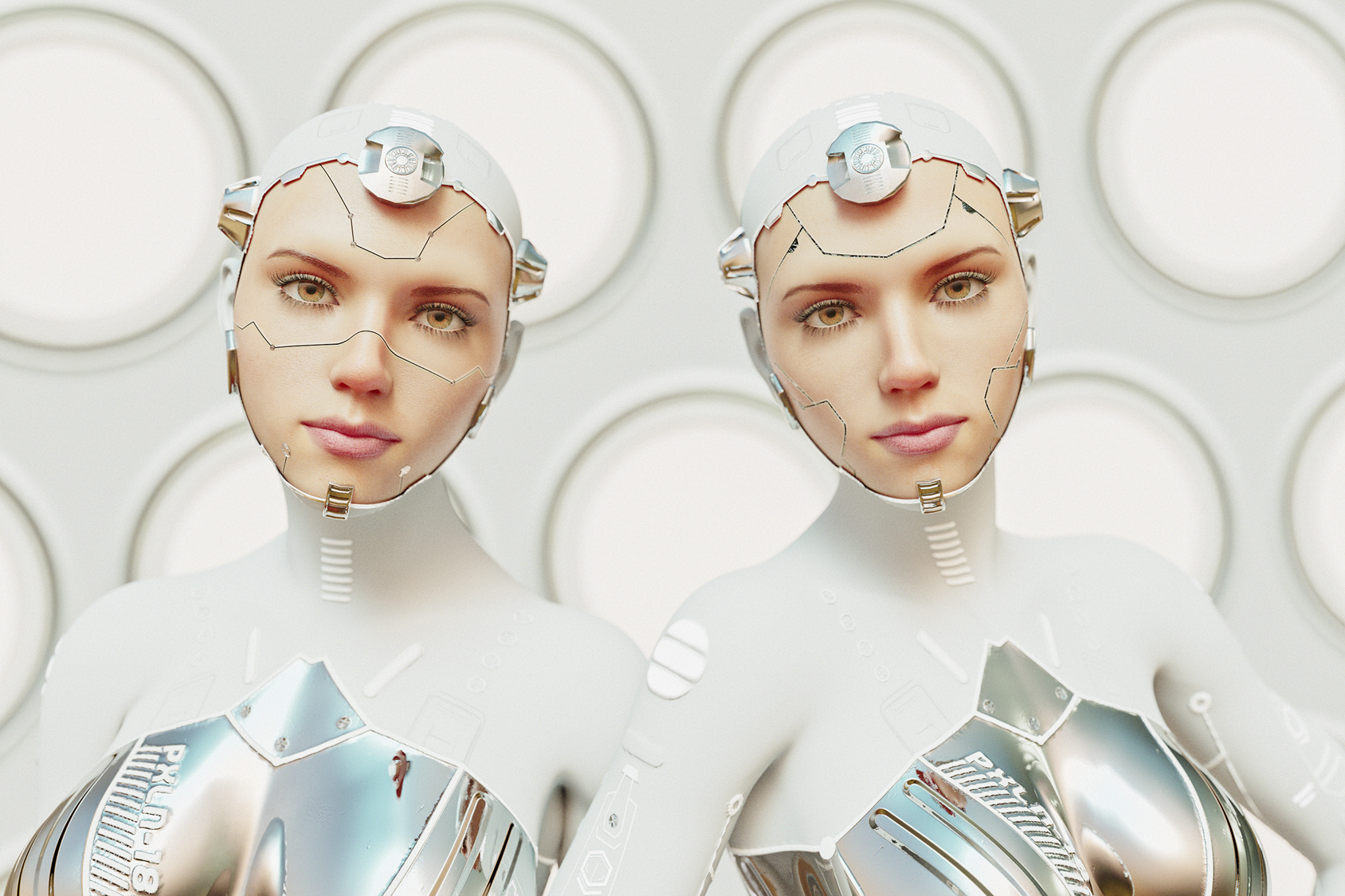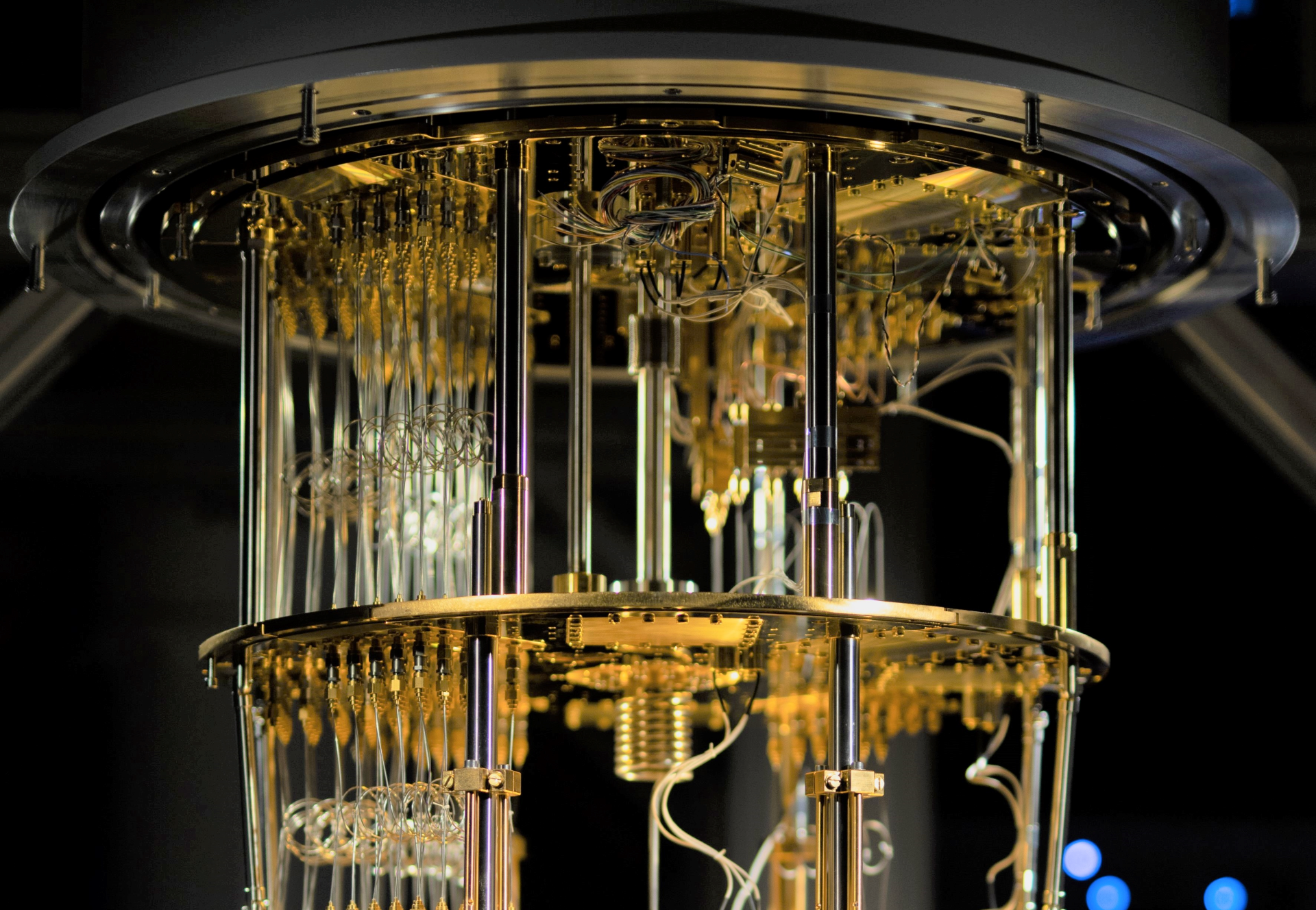As Vinnova’s Strategic Lead for Future Innovations, Joakim Skog focuses on strategic foresight, providing unique insight into today’s biggest challenges by exploring potential future scenarios and encouraging people to take action to create the future they want. Back for the second time as co-moderator, Joakim sat down with us to dig into his work and what he hopes to see come out of the three day event.
Why did you want to return to Swedish Innovation Days after being a co-moderator in 2022?
You get the front row experience to see what Swedish innovation is all about. The event showcases both the ‘talk,’ like statistics, which highlight Sweden’s success in innovation but what it’s really about is ‘walking the walk.’ We want to give practical examples that really show why we are considered a nation with innovation at its core.
Why is it important to go beyond the statistics and dig into how Sweden became so successful within innovation?
It’s always important to speak different languages because we are so different as individuals. For some it’s enough with statistics. But for many others, me included, it’s important to go further. Give me some examples, and then you can talk about fossil free steel or creating inclusiveness in the suburbs of Stockholm. Sweden Innovation Days will give me more fuel to that argumentation to answer the ‘why.’
It’s about understanding why Sweden is successful, why other countries might have people working 16 hours a day (within innovation) but still not be as successful, and I think it comes from our core values as a country. Things like inclusiveness, transparency, collaboration and daring to try. I also think that having a really flat hierarchy makes a huge impact as well.
Your work with Vinnova is primarily focused on future scenarios and analysis. What does this actually mean?
At Vinnova, we talk a lot about leading from the future and innovating how we innovate. Leading from the future is another way of saying we work with strategic foresight. This is looking for weak signals in the present that can tell us something about the future. We can then use those signals together with drivers, to create scenarios. These scenarios of alternative futures can spur new dialogue, new ideas and guide us towards a situation or help us to avoid a particular scenario. Having a scenario 10-15 years in the future can help decide what we do today in order to go in that direction. It’s important to note that it’s not about making predictions. It’s like exercising, it’s a method where you train your future thinking skills.
These skills are especially important when technological and societal advancement is exponential and the speed of change is accelerating. We as human beings are really bad at thinking in exponential reality, so by envisioning alternative futures, we are better prepared and hopefully can avoid reactive solutions.
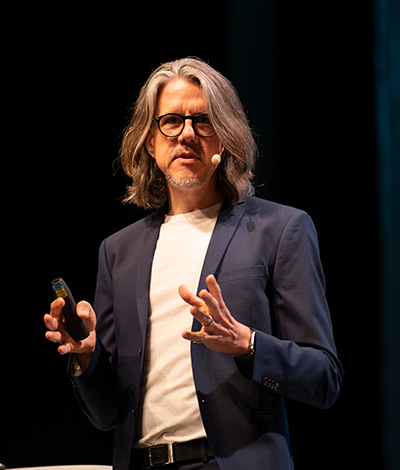
We have to realise the future is not something that just happens to you, it’s not something that someone else is creating, it’s us. In order to be proactive in creating that future, we need to develop this skill. So leading from the future is not about making predictions, it’s about being prepared. It’s a way to avoid incremental innovation because the societal challenges of today are so acute, we really need to find new ways of addressing them, which is why we also talk about innovating how we innovate.
You mentioned incremental innovation and some of the challenges of today, how can we encourage more radical innovation and avoid reactive policies or actions?
Firstly it’s important to mention there’s still a place for incremental innovation. Everybody needs to innovate and radical innovation is not for everyone. But we need to have more brains on board the radical innovation train, in order to find new ways forward.
The first step is having a sense of urgency, and realising we need to look back to look forward. We need to check in with what’s been done in the past. Take waste management for instance. We innovated new ways to manage it 30 years ago but we can’t say it’s been solved today because it hasn’t. But we also need to add context with statistics and stories. This helps you realise that we did some good things back then but we also need to do something new now. We need to be courageous enough to think in new ways and not be so critical of how we previously did things but rather focus on the opportunities ahead.
There’s a place for incremental innovation in some processes, but when working with the really big societal challenges, you need to realise that incremental innovation doesn’t cut it. We also see that these challenges require systems innovation and transformation. It’s not enough to improve things in isolation or find a singular radical solution. We need everyone around the same table, looking at the same challenges from different perspectives to understand the full picture.
Coming back to a more practical level on the future scenarios, how can it be applied to innovation practices?
You can see it as a narrative, it spurs feelings, which is actually what we’re going for. We try to make the scenarios provocative in order to stimulate new thoughts. And we’ve seen this. We had a call where we created prototypes from the future.
We can look at the future of healthcare as an example. Imagine going to the hospital not to be diagnosed based on something you already have but from what’s in your DNA, based on your lifestyle or what sensors can see. A potential future healthcare that isn’t reactive but rather proactive. This scenario was created for 2040 and it was built on technology that is available today but implemented in a way that created new dialogue and thoughts within the management team. It makes you question if you want that future and the challenges related to getting there.
Zooming in even further, you will have a session on future scenarios everyday during Sweden Innovation Days, what have you got planned for us?
We’re exploring a story in a new way. We’re doing one short movie for each of the core event themes, hopefully being provocative enough for people to spend the rest of the three-hour Mainstage program with it in the back of their minds. At the end of the day, we’ll reconnect and hopefully get some feedback from the audience to discuss the content of the scenario as well as the method itself. My aim is to send everyone off thinking about what the future will be like, what can they do with all the innovation they are seeing, and how they can contribute today to the future?
You mention story and narrative. How important is that in motivating people to actually do the work?
I think emotion can be a superpower. We should use it more because emotion is a strong driver but it also makes it very important to create scenarios based on facts and scientific methodology. It’s not just fiction, it’s partial fiction and that allows for creativity and storytelling. A scenario can bring in extra details that aren’t reality but there should always be a clear way to see how this could really happen. There has to be a balance of science and emotion.
How would you like to see this year’s event build upon the previous one and what would you like to see come out of the event?
Last year we focused on the UN Global Goals, missions innovation and co-creation. This year it’s about enabling innovation and how we can pave the way as well as diving into how we actually create and measure impact, so I think we are picking up where we left off in many ways. A lot of what we spoke about last year is a prerequisite for discussing how we can create an innovative environment, foster skills, knowledge and opportunities and how we approach and then measure that. It feels intuitive that we move this direction
You will find Joakim Skog on the Mainstage as moderator on Days 1 & 3 as well as in his session on future scenarios. Find out more about him and his sessions here.
